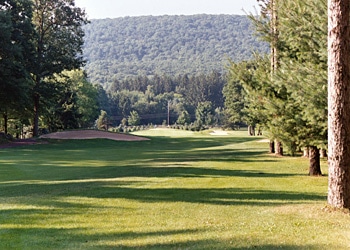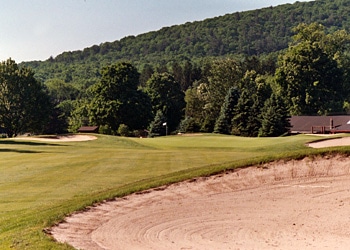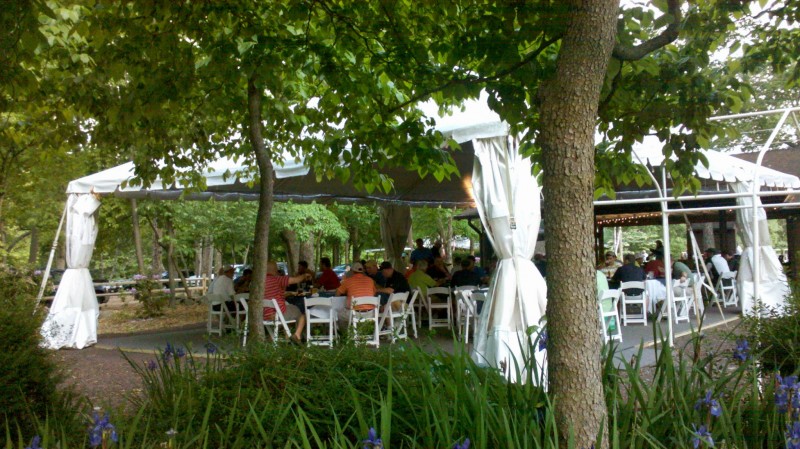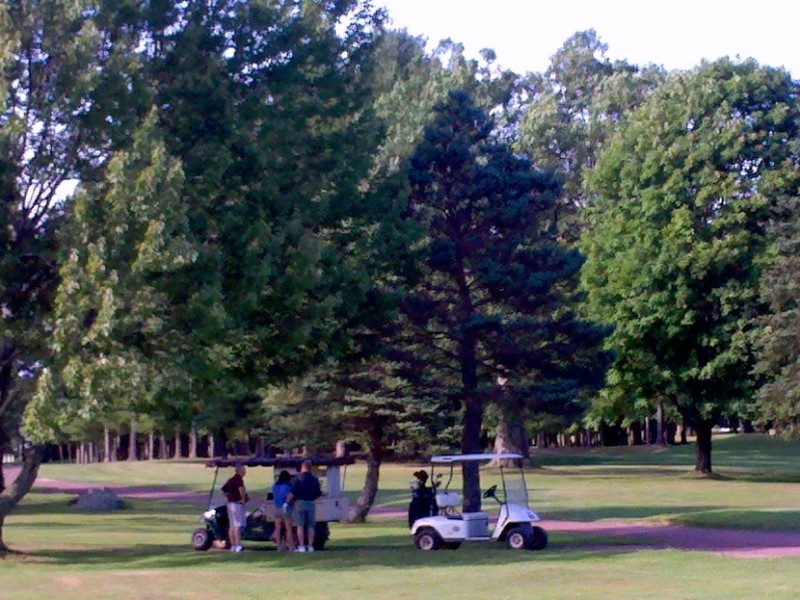Look in the Book under “Traditional Golf Design” and you’ll see a photo of Bowling Green
 The early years of the 20th century became the Golden Age of golf course architecture with the work of architects Donald Ross, Alister Mackenzie and A.W.Tillinghast among others becoming the very symbol of traditional golf course design. Their work was characterized by a great respect for the natural contours of the raw land and a design which blended seamlessly into the the existing landscape. In this sense, we call Bowling Green “traditional”.
The early years of the 20th century became the Golden Age of golf course architecture with the work of architects Donald Ross, Alister Mackenzie and A.W.Tillinghast among others becoming the very symbol of traditional golf course design. Their work was characterized by a great respect for the natural contours of the raw land and a design which blended seamlessly into the the existing landscape. In this sense, we call Bowling Green “traditional”.
Bowling Green’s Traditional Design is characterized by Beauty, Playability for all abilities, Tranquility and Walking -In Short, Everything a Classic Should Offer
Golden Age architects were building on ideal sites close to urban centers during a time when the suburbs were yet to be developed. Because modern day earth moving and construction was not in the picture, architects took advantage of the natural contours and features of the land to their fullest advantage to create layouts that called for great shot making and they had the best terrain to do it. Today, Bowling Green harkens the golfer back to that golden age of golf with its beautiful natural environment and opportunities for unforced shot making “nearby but off the beaten track”. As you play the course, views of mountain & hill spring up around every corner.
 Bowling Green’s layout takes advantage of the 100 year old red pine trees and majestic oaks that flank the course to narrow the front nine fairways.The back nine incorporates natural ponds and wetlands as water hazards,
Bowling Green’s layout takes advantage of the 100 year old red pine trees and majestic oaks that flank the course to narrow the front nine fairways.The back nine incorporates natural ponds and wetlands as water hazards,
As You Stand Over That Four-Footer To Seal the Game–All You Hear are The Birds Chirping and the Quiet Wind Through the Trees
The traditional golf course provides the golfer with the sounds of nature, not the sounds of highway, interstate or airport. At Bowling Green, you are in a tranquil corner of the Metropolitan area. Just the chance to de-compress is worth the price of admission to Bowling Green. You’ll want to arrive early and play two rounds.
A Traditional Golf Course Provides the Opportunity to Walk
Before the advent of motorized carts, golf was traditionally played walking. Architects kept the distance from green to succeding tee to a minimum. Our traditional course welcomes (with outstretched arms) the player who wants to walk because the course is nestled nicely in a valley and was designed with nothing other than golf in mind. Today, electric golf carts are a part of the tradition of golf but walking remains a wonderful option available at Bowling Green.
Gently Undulating Terrain Makes For Great Golf
The original great links courses in the British Isles had gently undulating terrain- that which has been decreed the heart and soul of great golf terrain. Bowling Green’s terrain provides the perfect pitch and roll making every hole pleasantly different with subtle elevation changes. There will be several opportunities to decide how much club to add or subtract for the correct distance to the green but no uphill blind shots.
A Traditional Design Means Faster Play
With greens and tees close together, it’s simply quicker to get from hole to hole. Plus the absence of artificial or trumped up design features means that if you stray a little from the fairway, you’re probably going to find your ball quickly and then be able to play that epic recovery shot. One of the great traditions of golf is playing briskly with no waiting.
Discover the Joy of Hitting a Draw or Fade
Among Bowling Green’s traditional design concepts are the dogleg and the subtle, not-so-easy-to-read green complex. Players who can shape their shots and hit their target on the green will experience the satisfaction of shaving a stroke or two off their score.





